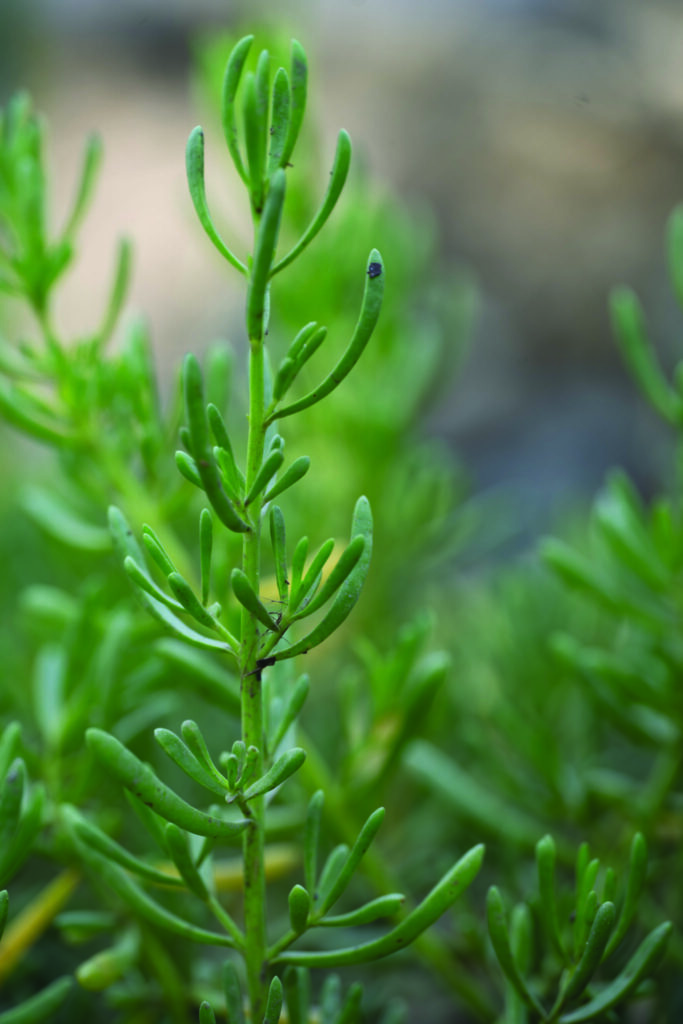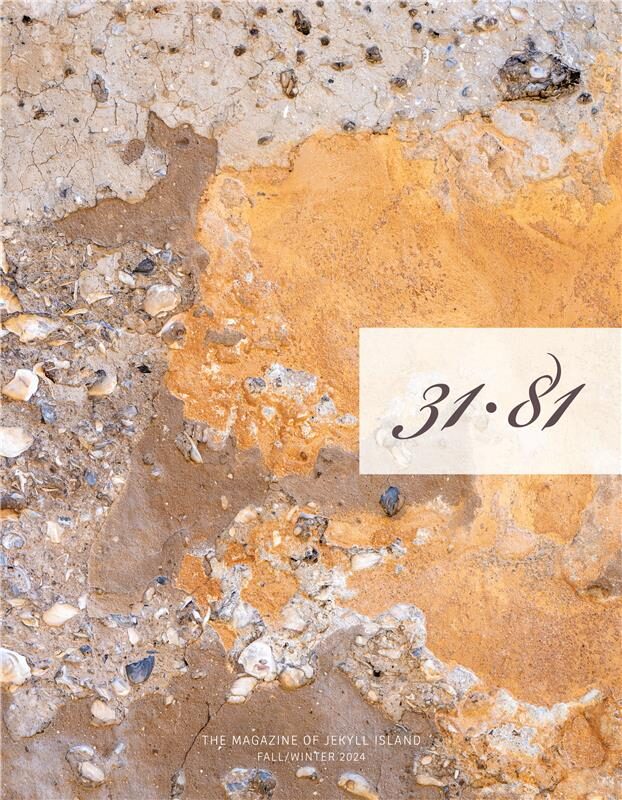Pickleweed thrives on Jekyll
BY TESS MALONE
Looking like a sea of coral popping up for fresh air, pickleweed is found all over Jekyll Island’s high salt marshes. It survives and thrives by sending the salt water that it absorbs to its end segments. The salt turns those segments red, and they eventually wither and die. What’s left is a plant with a distinctive salty flavor. That brininess, along with what some consider a cucumber-like appearance, give the succulent its name.
Pickleweed is edible, though experts suggest that, as with most wild edibles, it’s probably wise to go easy on it. Still, Native Americans have used it for centuries for its supposed health benefits. Studies have shown some effectiveness against inflammation, diabetes, asthma, cancer, and other ills.
“Pickleweed is native and a part of the protected coastal salt marsh ecosystem,” says Yank Moore, the director of conservation for the Jekyll Island Authority, “so make sure you follow any local, regional, state laws or guidelines before harvesting wild specimens.”


